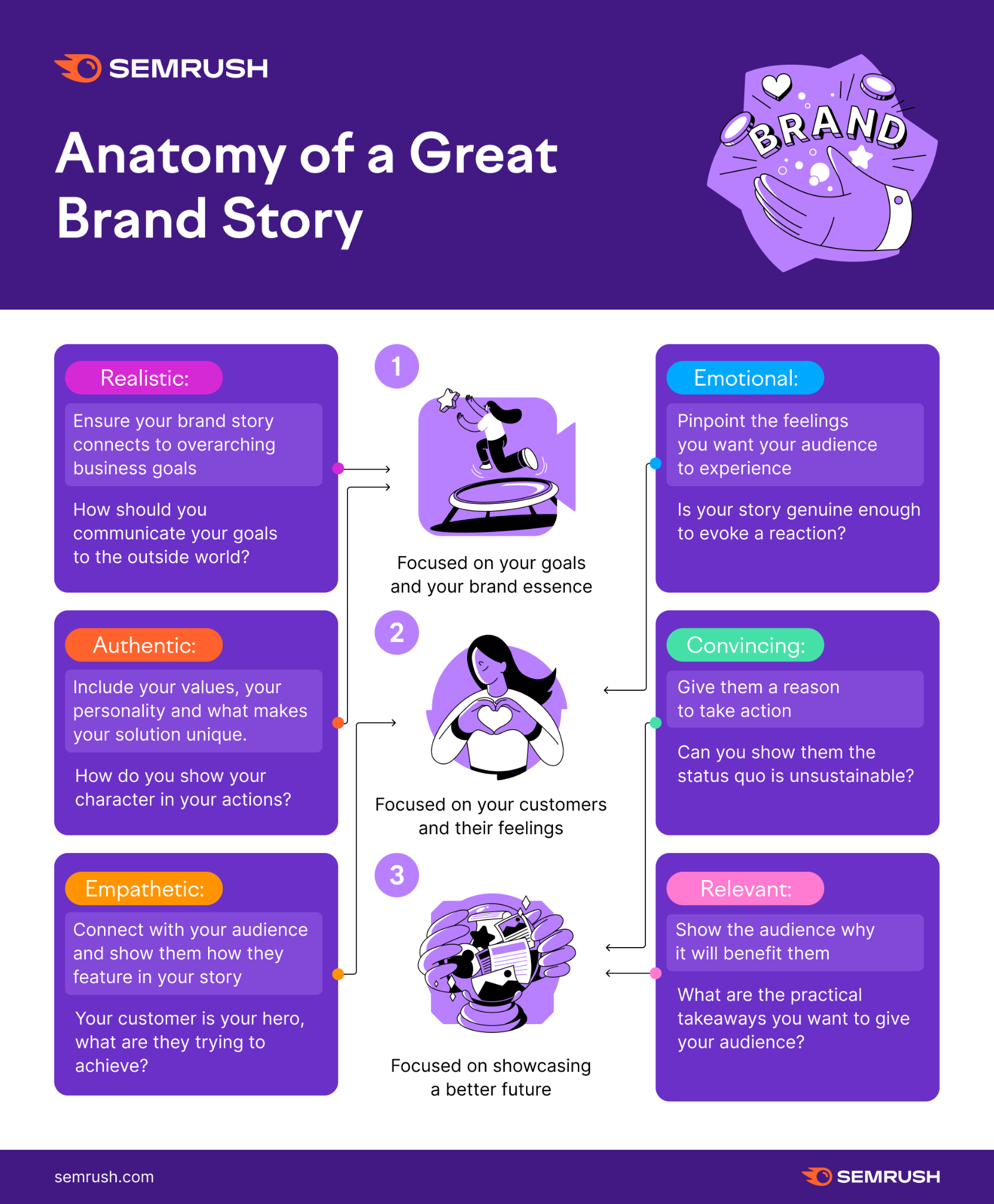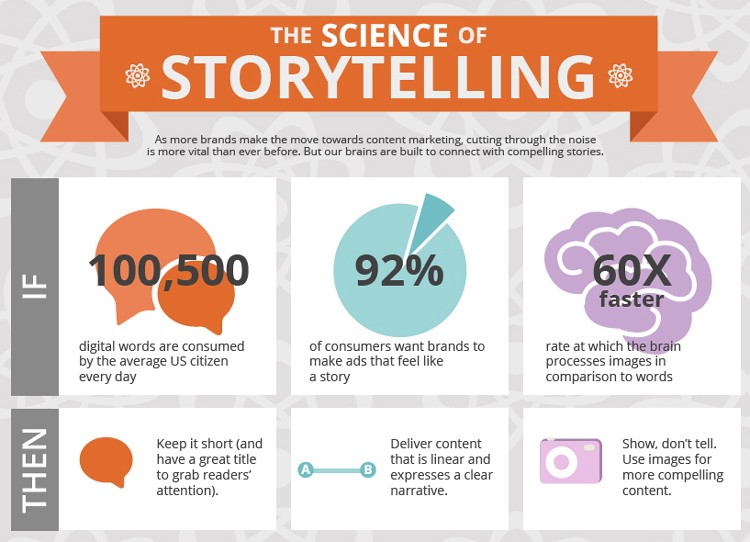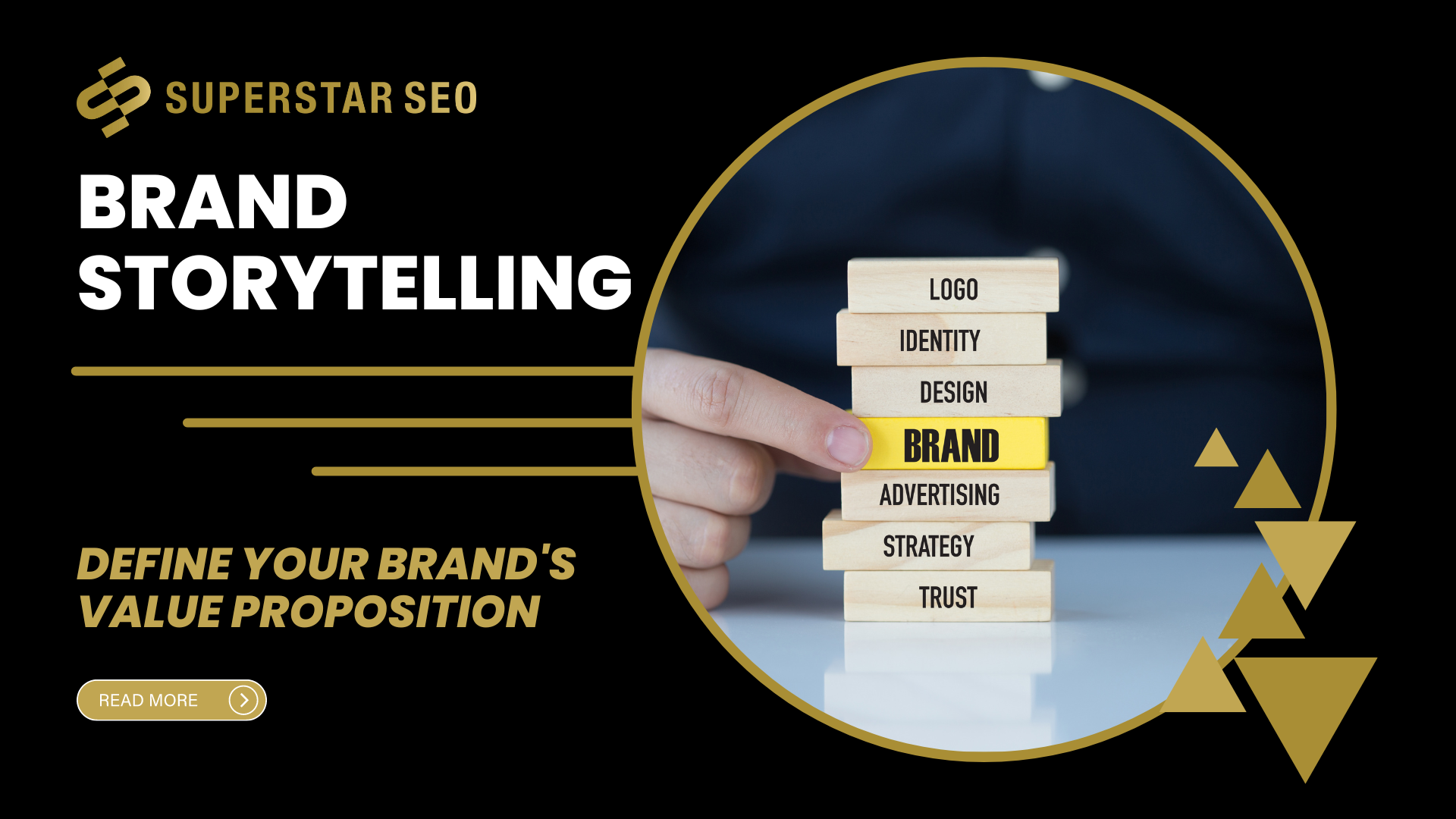Brand Storytelling: Define Your Brand’s Value Proposition
Many companies make the mistake of thinking that their brand’s value proposition begins and ends with the product itself.
It doesn’t – it begins and ends with the story you tell about your product (how it was made, who it was made for, what real problem it solved), the brand, and the company.
Do you remember how badly the New Coke failed in 1985?
People loved the taste, but the company failed to tell a compelling story about the new product.
This is the power of storytelling.
To really differentiate your brand from others and make it clear to your customers why you’re better than the next guy, you need to incorporate storytelling into your value proposition.
What Is Brand Storytelling?
Brand storytelling is a technique for telling stories about your company and its products or services to establish an emotional connection with your customers.
Brand storytelling can be done in many ways: through the design of your website, the language you use in marketing materials, and producing and sharing videos about what makes your company special.

You have plenty of brand storytelling examples around you.
It is not a new concept: if you look at successful brands like Coca-Cola or IBM, their brand stories have been present for decades.
But now that we live in an age where it’s easier to reach large audiences with compelling messages, brand storytelling has become more important than ever.
Why Does Brand Storytelling Matter?
1. It Creates an Emotional Connection
Brand storytelling is a form of content marketing that helps you establish an emotional connection with your customers.
This technique can be used in B2B buyer persona questions, how-to articles, and other forms of social media.
By telling stories about your products and the people who use them, you can show potential customers the value of your brand.
A powerful story will make you more memorable than a generic advertisement.
Customers are 71% more likely to recommend a brand with whom they have an emotional connection.
Consumers are also demanding greater brand transparency and a greater human element during interactions.
2. It Engages Customers More
Brand storytelling is a powerful way for companies to engage with customers.
The first step in brand storytelling is defining who your target audience is.
This helps you create a marketing message that resonates with the target audience and persuades them to buy from you.
It can be tricky coming up with an idea for a story, but one good place to start is by asking yourself questions about your B2C and B2B buyer persona:
- What are they worried about?
- What motivates them?
- What gets them excited?
- And what makes them feel appreciated?
The thing is that our neural activity increases 5x when listening to a story.
So, basically, it allows the reader to hear, feel and “see” the story.

3. It Helps Your Brand Stay Relevant
Brand storytelling is a tactic that can be applied across various mediums and channels.
It’s all about getting your message out there in an authentic, human way.
Brand storytelling helps you stay more relevant.
When people see your brand represented by someone or something that they know, it makes them feel more connected to the company.
It’s easier for a customer to trust an organization when they understand the story behind it.
It’s the way you tell your story, and it allows your customers to relate to you. The more they can relate to your brand, the more they will trust it and buy from you.
Jerome Bruner suggests that people will remember a story for up to 22x more than a list of facts and figures.
This isn’t just about building trust. It’s also about making sure that every piece of content you publish is memorable and engaging enough so that you don’t lose your audience over time.
That’s why 62% of B2B marketers rate storytelling as an effective content marketing tactic.
Conclusion
The value of brand storytelling is much more than just telling a story.
Brand storytelling is about aligning your company’s values with the values of your customers and prospects, thus bridging the gap between business-to-business (B2B) and B2C buyers and what your company has to offer.
The value proposition will ultimately determine your success or failure, but it all starts with the brand story.
Once you know who you are and what you stand for (brand story), it will be easier to sell your service or product to your target market (value proposition).
If you’re selling a product to consumers, then no matter how good it is, it won’t sell if people don’t understand what benefit they’re getting from purchasing it.
A good story can help bring that difference out.





